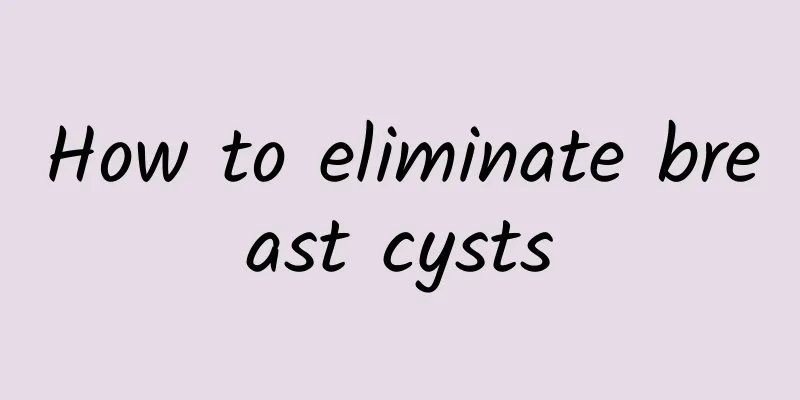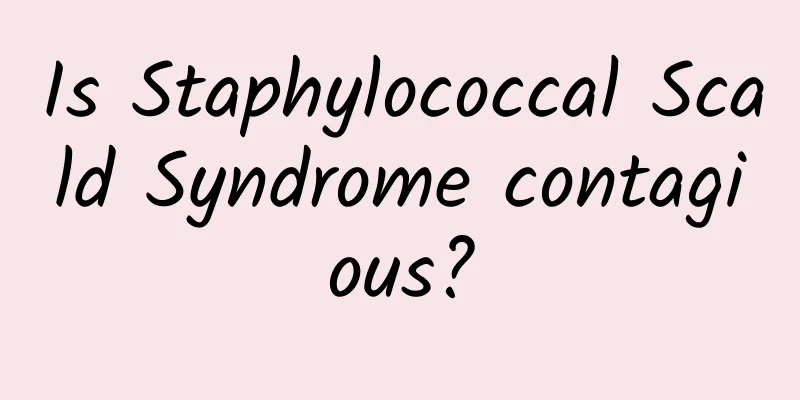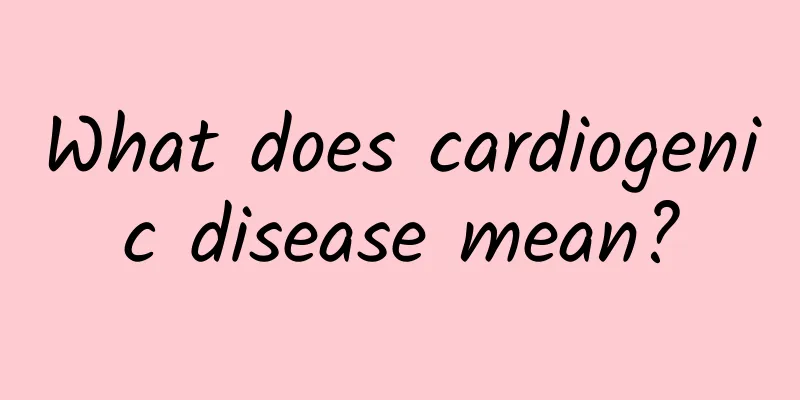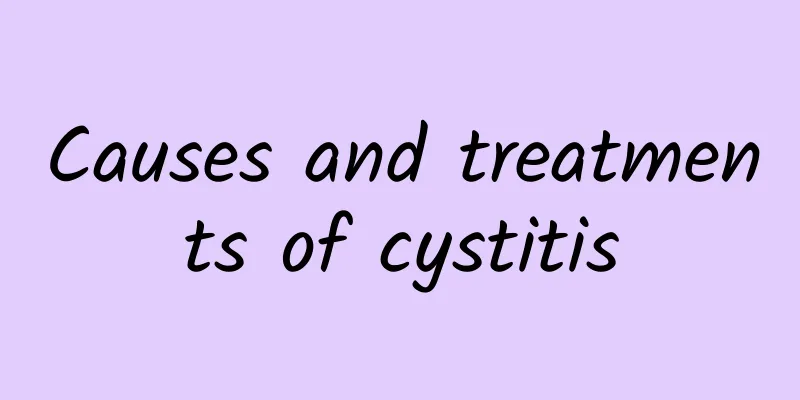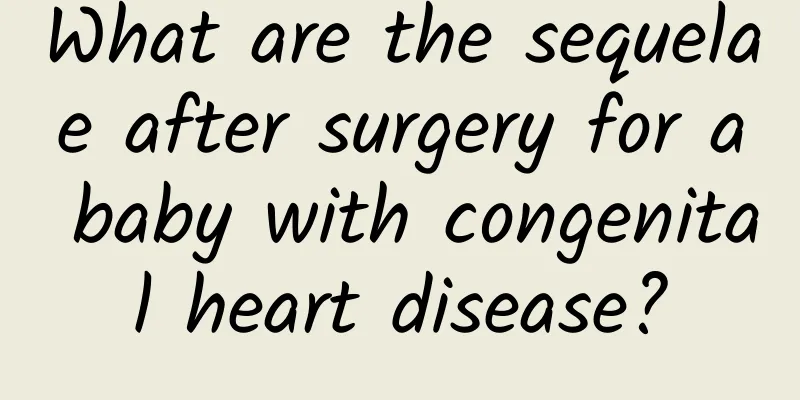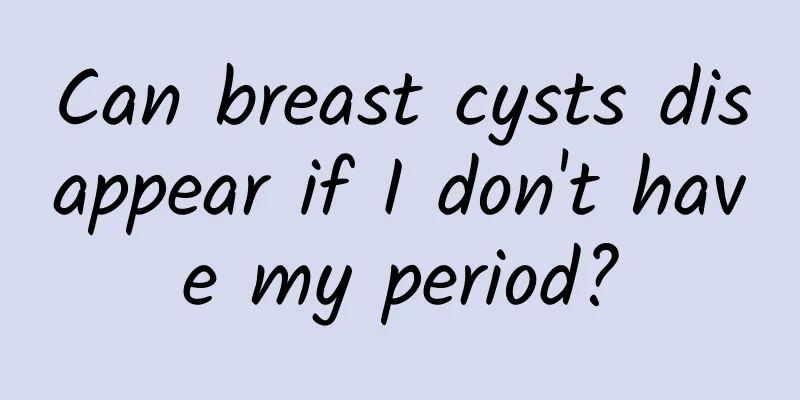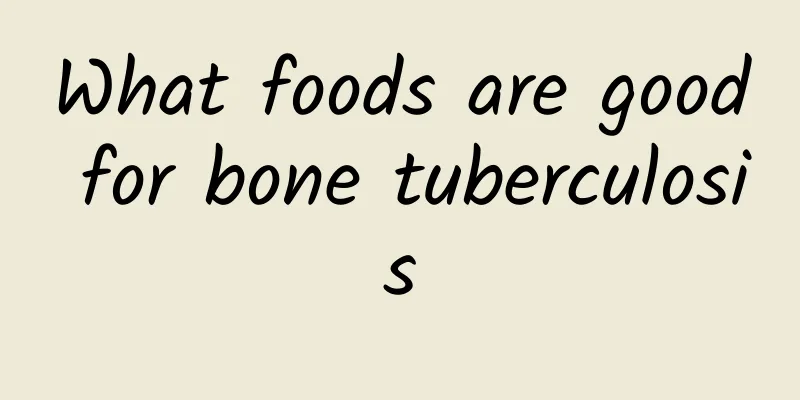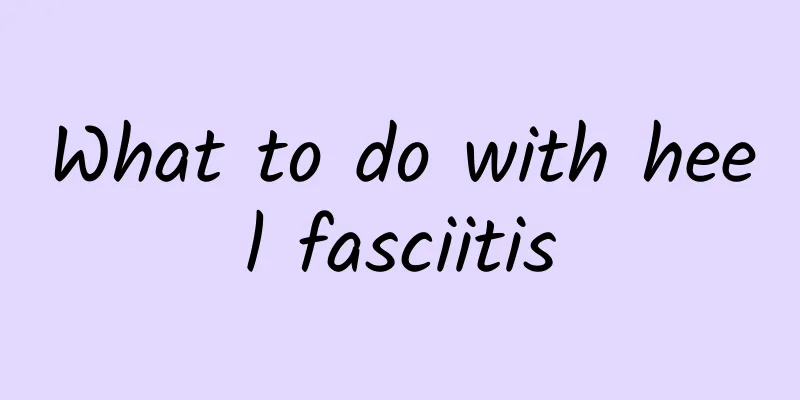How to treat costochondritis and get better results quickly
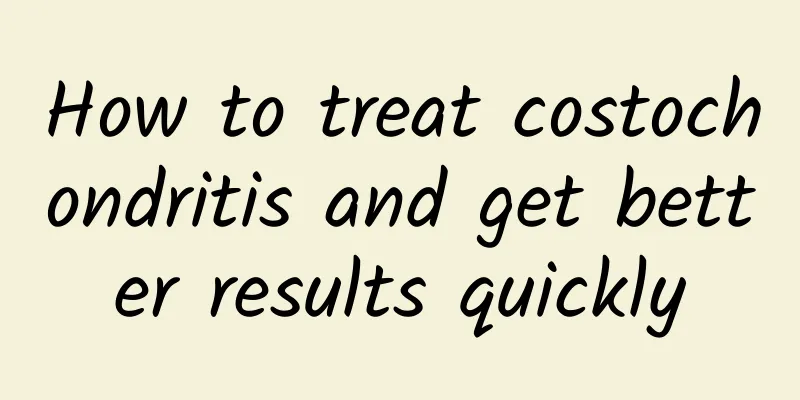
|
Costochondritis can generally be relieved quickly through rest, medication, physical therapy, etc., but the specific treatment method should be selected according to the severity of the symptoms. For long-term or recurrent cases, minimally invasive treatment can be selected if necessary. 1. Rest and lifestyle adjustments The main cause of costochondritis is aseptic inflammation of the junction between the ribs and cartilage, which is often caused by excessive force, trauma or repeated activities. Reducing physical activity, especially those involving the upper body, is the first measure to relieve symptoms. It is recommended to avoid strenuous exercise, support the chest with hands when coughing to reduce vibration, etc. When sleeping, you can lie on your side and use a cushion to support your body to reduce the pressure on the chest. 2. Drug treatment Mild to moderate costochondritis can usually be treated with medication to relieve pain and inflammation. Common medications include: Nonsteroidal anti-inflammatory drugs (NSAIDs): such as ibuprofen and diclofenac sodium, can effectively relieve pain and inflammation. Topical analgesic ointments or sprays: such as Voltaren cream, applied topically over the rib area to reduce local pain in the joints. Short-term oral steroids if necessary: For patients with severe inflammatory reactions or acute attacks, doctors may prescribe steroids for short-term use, but they should be taken strictly according to the doctor's orders to avoid side effects. 3. Physical therapy Physical therapy can be very helpful in speeding up recovery, especially for people with chronic costochondritis. You can try the following: Hot compress: Applying hot compress to the affected area for 15-20 minutes daily can help relieve muscle tension and pain. Ultrasound therapy: It accelerates the process of inflammation resolution by improving local blood circulation. Stretching and deep breathing exercises: Appropriate chest stretching or slow deep breathing can improve local muscle tension, but it must be performed under the guidance of a professional rehabilitation therapist. 4Minimally invasive treatment For patients with long-term pain that does not respond to conventional treatments, minimally invasive techniques may be considered, such as local injection therapy using anesthetics or steroids injected into the site of inflammation, or even radiofrequency ablation to reduce nerve excitability and pain. 5. Improve Immunity Improving immune function can reduce the recurrence of costochondritis. You should pay attention to a balanced diet and eat more foods rich in vitamins C and D and antioxidants, such as citrus fruits, dark green leafy vegetables and nuts. At the same time, maintaining regular gentle exercise such as yoga and tai chi every week can improve the body's anti-inflammatory ability. Although costochondritis is not a serious disease, if the pain persists or the symptoms recur, you should seek medical attention in time, have an imaging examination to confirm the diagnosis, and assess whether there are other diseases such as heart disease or lung disease. Proper combination of treatment measures in life can relieve symptoms faster and prevent recurrence. |
<<: How to treat myofascial inflammation
>>: What is the most effective way to drain breast milk during lactation?
Recommend
What are the symptoms of nasal hemangioma surgery sequelae?
Possible sequelae after nasal hemangioma surgery ...
What tests should be done for gallstones
A diagnosis of gallstones usually requires a seri...
What to do if there is a lump in the breast during lactation
If lumps appear during lactation, timely measures...
How to treat cystitis
Cystitis is a common and uncomfortable problem, b...
What kind of exercise can't be done if you have gallstones?
When choosing exercise, patients with gallstones ...
Cervical lymphadenopathy
Cervical lymph node tuberculosis, this may sound ...
Second degree burn symptoms
Second-degree burns are unexpected situations tha...
Does vomiting stool occur as a symptom of intestinal obstruction?
Patients with intestinal obstruction may experien...
Symptoms of urethritis in women
Symptoms of urethritis in women: Urethritis is a ...
Causes of Breast Cysts
The appearance of breast cysts may be related to ...
How to prevent synovitis
As more and more people are suffering from synovi...
Surgery for cervical spondylosis
After patients suffer from cervical spondylosis, ...
How to treat soft tissue injuries
Soft tissue injury may be one of the common small...
What is the best medicine for gallstones?
Gallstones have always been a health problem that...
How do breast cysts occur?
The formation of breast cysts is mainly related t...
